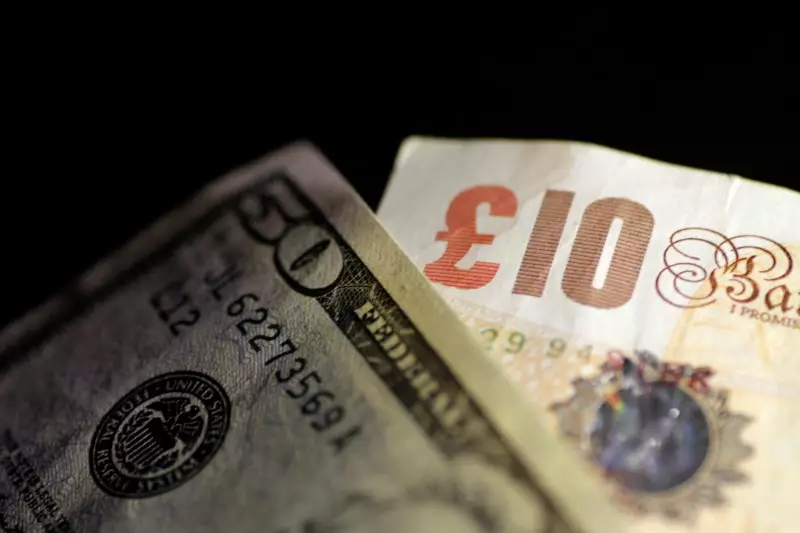As financial markets continue to respond to central bank maneuvers, the U.S. dollar has shown signs of a rebound, aided by recent interest rate decisions by the Federal Reserve. This article explores the implications of these shifts, particularly in relation to other major currencies and the broader economic landscape.
After experiencing a steep decline that saw the U.S. dollar reach its lowest point in over a year, recent data indicate a slight recovery in its value. On Thursday, the Dollar Index, which serves as a benchmark for the greenback against a basket of major currencies, exhibited a modest uptick of 0.1%, hitting a marker of 100.410. This increased confidence is tied to the Federal Reserve’s decision to enact a substantial interest rate cut, a move not witnessed since the early days of the pandemic in March 2020. The central bank’s adjustment, reducing interest rates by 50 basis points to a range of 4.75% to 5%, aims to counteract the current economic challenges, including inflationary pressures and labor market vulnerabilities.
Fed Chair Jerome Powell articulated a balancing act; while signifying a readiness to implement further cuts, he also reassured markets that the period of ultra-low rates akin to that experienced during the pandemic is not returning. According to Powell’s insights, the neutral rate will be higher as the economy adjusts to new realities. Analysts, such as those from ING, expressed skepticism about the dollar’s future trajectory, suggesting that despite this short-term gain, the currency remains in a relatively weak position against its developed market counterparts.
Shifting focus to other currencies, the British pound has exhibited strength, climbing 0.3% to 1.3253 against the dollar. This gain precedes the Bank of England’s impending policy meeting where it is anticipated that interest rates will remain stable at 5%. Market observers have noted that while UK inflation remains a critical concern, it has not escalated to levels that would necessitate further easing. Current consumer price inflation stands at 2.2%, closely aligned with the Bank’s medium-term goals. Still, the persistence of elevated services inflation at 5.6% signals the complexity of the UK’s economic condition.
Meanwhile, the euro also gained ground, with EUR/USD increasing by 0.3% to 1.1149. Although the European Central Bank (ECB) opted for a rate reduction recently, uncertainties linger around upcoming monetary policy decisions. Bundesbank President Joachim Nagel emphasized that despite slight improvements in inflation metrics—falling to 2.2%—the need for higher rates persists to adequately tackle lingering price pressures.
In Japan, the currency market anticipates next steps from the Bank of Japan (BOJ), with USD/JPY rising 0.3% to reach 142.75. Speculation hints at a steady stance on local interest rates in the forthcoming BOJ meeting, although hints of future hikes remain plausible given Japan’s inflation landscape. The upcoming release of Japanese consumer inflation data is expected to provide insight into whether the BOJ might reconsider its current policy of low rates.
Moreover, the Chinese yuan reflects a downward adjustment against the greenback, trading at 0.2% lower at 7.0698. Investors are keenly awaiting announcements from the People’s Bank of China regarding its loan prime rate, with expectations pointing toward a stable rate, consistent with the broader trend of cautious monetary policy amidst economic fluctuations.
In a time of economic unpredictability, the interplay of interest rates and currency values becomes increasingly complex. While the U.S. dollar shows signs of marginal recovery, it faces the dual challenges of domestic economic pressures and competitive global currencies. As central banks articulate their policy directions, market participants must stay vigilant, adapting to rapidly changing conditions that could shape the landscape of international finance. The coming weeks will be crucial, as data on labor markets and inflation figures will likely dictate future moves by both the Federal Reserve and its global counterparts.

